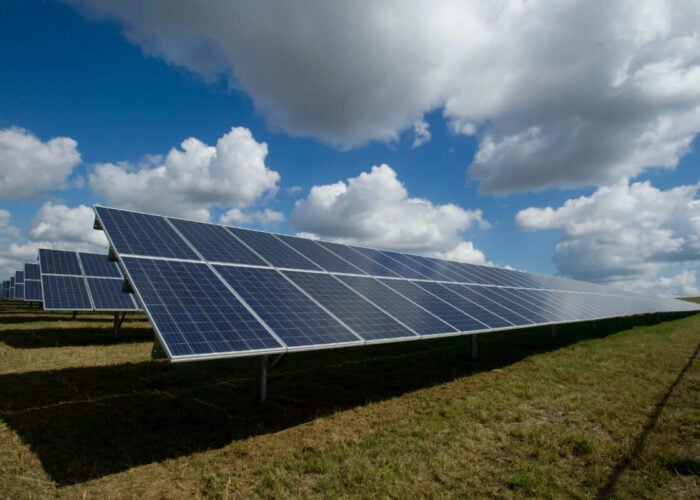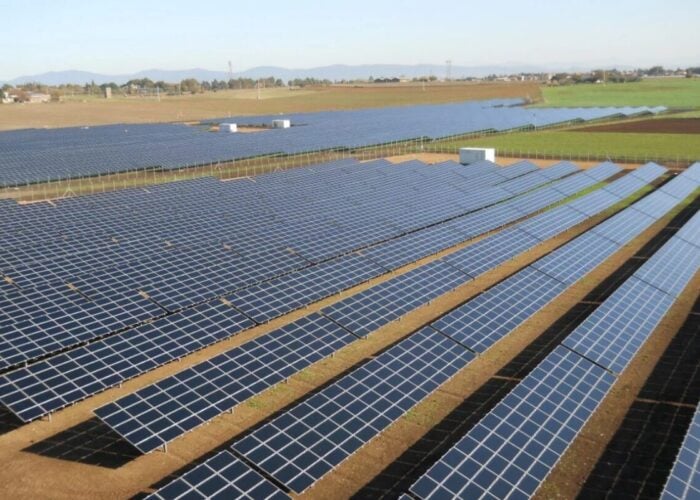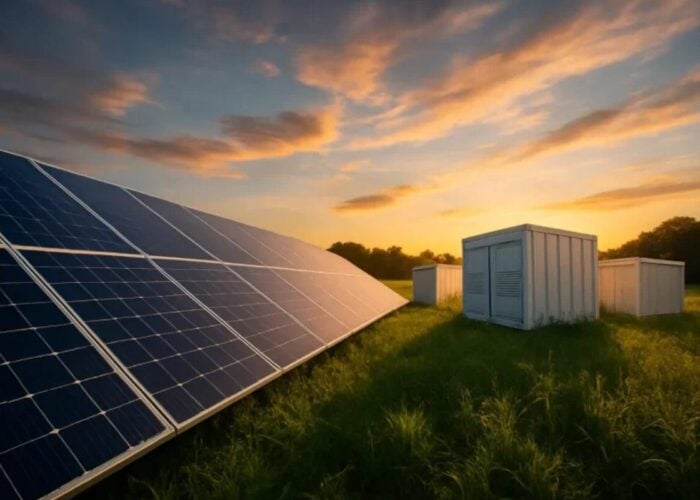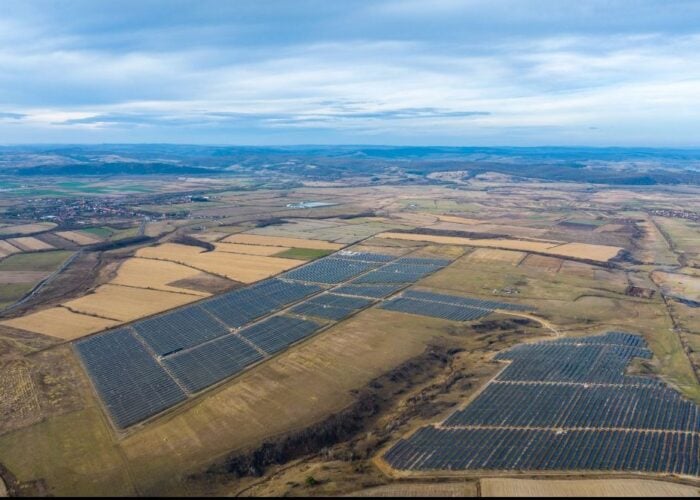
The renewable energy landscape in Southeastern Europe (SEE) is poised for significant transformation with green hydrogen production via electrolysis emerging as a key driver. This article delves into how green hydrogen can act as a catalyst for increasing demand, stabilising electricity prices, and fostering the sustained development of solar photovoltaic (PV) systems in the region.
Revitalising demand through green hydrogen
The COVID-19 pandemic and subsequent fluctuations in gas and power prices initially stalled demand growth in Europe, particularly in SEE. However, as the electrification of other sectors, such as heating and transportation progresses, the overall electricity demand is set to increase in the coming decade. More significantly, the surge in demand driven by green hydrogen production via electrolysis is expected to be substantial and one to watch.
Try Premium for just $1
- Full premium access for the first month at only $1
- Converts to an annual rate after 30 days unless cancelled
- Cancel anytime during the trial period
Premium Benefits
- Expert industry analysis and interviews
- Digital access to PV Tech Power journal
- Exclusive event discounts
Or get the full Premium subscription right away
Or continue reading this article for free
Countries like Greece and Romania are setting ambitious targets for hydrogen integration but it is inevitable for the rest to stay far behind. According to Greece’s National Energy and Climate Plan (NECP), the country anticipates over 1 TWh of power demand for electrolysis just in the next five years, escalating to a staggering 63.6 TWh/year of hydrogen consumption by 2050. Romania’s latest draft NECP targets hydrogen to provide 5% of all energy used in transport by 2030 and aims for all gas plants to run on hydrogen by 2035. Aurora’s analysis projects a demand range of 33 to 47 TWh for green hydrogen production across SEE countries by 20601. To put things into perspective, this could alone mean between 24GW to 34GW of solar PV capacity by 2060 for generating enough electricity to power these electrolysers2.
This expected surge in demand from hydrogen electrolysis can significantly boost the need for renewable energy sources. In Greece, for instance, there are already concerns about whether existing demand levels can accommodate the planned new renewable energy projects. Hydrogen electrolysis could alleviate these concerns by creating additional demand, thereby providing more room for renewable energy plants to operate efficiently.
Enhancing demand patterns favourable to solar PV
Green hydrogen production not only increases total electricity demand but also favourably influences the demand pattern, particularly benefiting solar PV. Electrolysers require low electricity prices to produce cost-competitive hydrogen. These low prices typically occur when solar PV generation is at its peak, usually around mid-day.
In scenarios where electrolysers are grid-powered, they are likely to operate during hours of high solar PV penetration. Renewable energy sources, especially solar, have low operating costs and, therefore, reduce electricity prices when they dominate the supply. This phenomenon, known as the “cannibalisation effect,” can lead to lower revenues for solar PV operators as more low-cost generation enters the system.
However, the integration of hydrogen electrolysers can mitigate this effect. By absorbing excess power during periods of low prices and high solar generation, electrolysers help stabilise prices and prevent frequent price collapses. This not only supports solar PV operators by maintaining more favourable price levels but also aids in avoiding curtailment, where excess energy generation is wasted.
A Symbiotic Relationship
- Increasing total power demand: Hydrogen electrolysis can significantly increase the total power demand of power systems, creating more space for solar PV projects.
- Improving solar PV economics: In addition to creating more development opportunities, hydrogen electrolysis can improve the economics of solar PV plants by levelling the demand curve. This leads to higher overall capture prices and lowers the risk of curtailment.
- Creating new routes to market: Green hydrogen production could also open new routes to market for solar PV, such as direct co-location with electrolysers. This could be particularly attractive for regions with congested grids and high enough H2 prices.
Green hydrogen production via electrolysis holds the potential to be a game-changer for the renewable energy sector in Southeastern Europe. By driving up electricity demand and creating favourable demand patterns, hydrogen can play a crucial role in the region’s energy transition. The combination of hydrogen production and solar PV generation promises a more resilient, efficient, and sustainable energy future for SEE. As countries in the region continue to set ambitious targets and invest in renewable energy technologies, the integration of green hydrogen will be pivotal in realising these goals and ensuring a stable and growing market for solar PV.
[1]Low end reflects Aurora’s low scenario while the high end Aurora’s high scenario. This analysis includes 7 countries comprising of Greece, Bulgaria, Romania, Hungary, Serbia, Croatia, and Slovenia.
[2]Assuming a 16% average solar PV load factor across the region.
Panos Kefalas is research lead expert of Southeastern Europe at Aurora Energy Research, a power market analytics company based in Oxford, UK.
| PV Tech publisher Solar Media will be organising the second edition of Large Scale Solar Southern Europe in Athens, Greece during 2-3 July 2024. The event will focus on an ever-growing market such as Southern Europe with a packed programme of panels, presentations and fireside chats from industry leaders responsible for the build-out of solar PV projects in Greece, Turkey and Croatia. More information, including how to attend, can be read here. |






